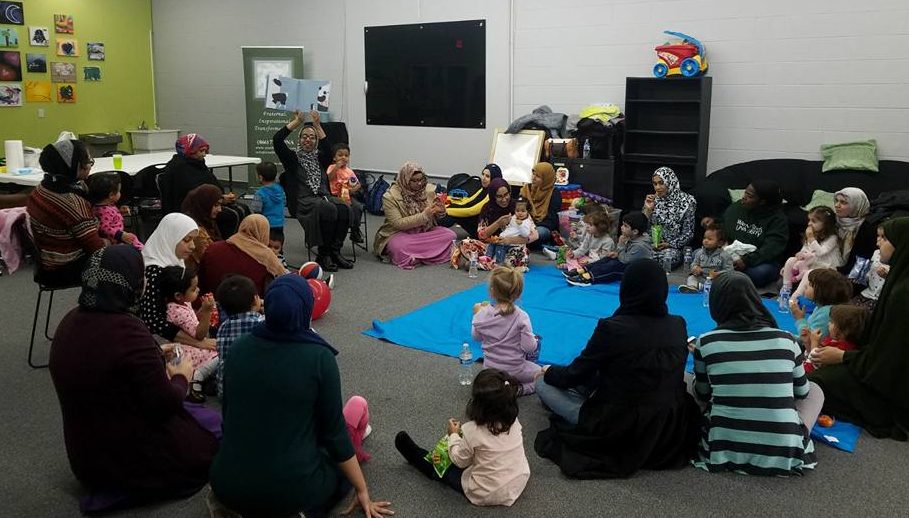Parenting is tough and can be a lonely journey. One of the first tasks I checked off after becoming a mother was to connect with other mothers. Having like-minded people going through the same experience at the same time helps you feel like you are not alone when your kids are driving you crazy or you’re doing relentless research over which car seat to buy. Here are five reasons to have a mommy support group, your own strong army of parents, on your side:
1. Physical Support:
Parenting is exhausting and a mommy support group provides the physical support you need. It’s time to call your mother, aunts, cousins, siblings and/or friends over to help with cooking, cleaning and any help around the house after having a baby. In the Bangladeshi culture a postpartum mother traditionally gets a 40-days rest to recoup. Family members come over and look after the mother. This is close to the six-week rest time recommended by doctors for postpartum recovery.
[Read Related: 7 Simple Ways to Raise a Confident Child]
2. Emotional Support:
Parenting takes more than a physical toll on our bodies. Along with those sleepless nights, parenting can make you doubt yourself and give you low self-esteem. This is where my mommy support group steps in. My mommy army is made up of bright wonderful women who lift each other up and care about my well-being. Those late messages reassuring each other that “parenting isn’t easy” are everything.
3. Babysitting Help:
I remember as a new parent, I had a huge misconception that good mothers were “always there” for their children. I have since realized that every mother needs time away from her children to be a better mother. Your mommy support group can provide much-needed babysitting help. Be sure to return them the favour!
[Read Related: Mom on a Mission: Reframing the ‘Mom Guilt’ Conversation]
4. Personal Growth and Development:
Mothers have a unique challenge to hold onto their individual identities beyond being a parent. Good friends help you charter your personal growth goals and then achieve them!
5. Playgroups:
Providing your children with an opportunity to play with other children their age is instrumental in the development of their social skills. I’m part of Youth of Ummah Mommy & Me, a Masjid program, which includes a few teachers turned home-schooling mothers, for children under five for educational and spiritual development. We also celebrate cultural festivals such as Eid and make it special for our children.
The journey of parenting is unique for each family. It does not have to be a rough one. Develop a strong mommy support group to make the ride easy for yourself!





